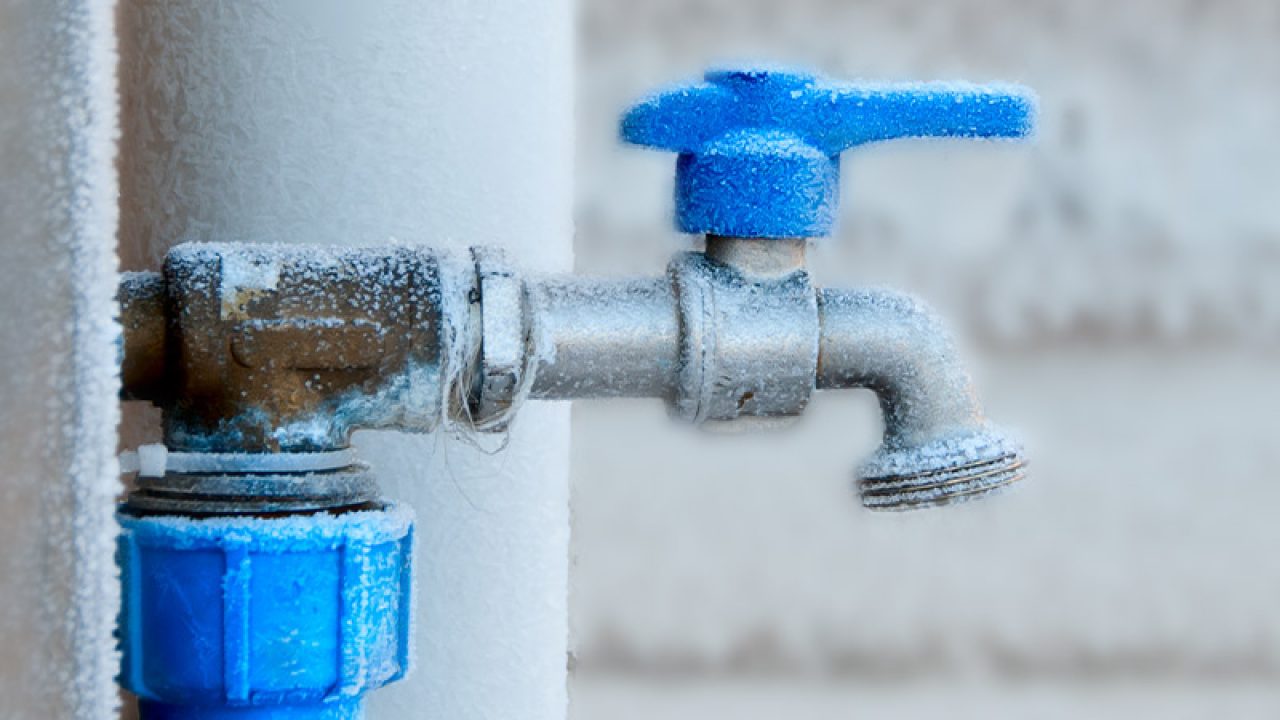We have uncovered this post on Prevent Frozen Pipes listed below on the internet and accepted it made sense to relate it with you on this site.

Winter can ruin your pipes, specifically by freezing pipelines. Right here's exactly how to avoid it from occurring and what to do if it does.
Introduction
As temperatures decline, the threat of frozen pipes rises, possibly causing costly repairs and water damages. Comprehending how to stop frozen pipelines is vital for property owners in cold environments.
Understanding Icy Pipes
What triggers pipelines to freeze?
Pipelines freeze when subjected to temperatures below 32 ° F (0 ° C) for expanded periods. As water inside the pipes ices up, it expands, putting pressure on the pipeline wall surfaces and possibly triggering them to break.
Dangers and problems
Frozen pipes can bring about supply of water disturbances, residential property damages, and expensive repair services. Ruptured pipes can flood homes and trigger considerable structural damage.
Indications of Frozen Water Lines
Recognizing icy pipes early can avoid them from breaking.
How to determine icy pipelines
Seek reduced water flow from faucets, unusual smells or noises from pipes, and visible frost on exposed pipes.
Prevention Tips
Protecting susceptible pipes
Cover pipes in insulation sleeves or use warm tape to secure them from freezing temperatures. Focus on pipes in unheated or exterior locations of the home.
Home heating techniques
Maintain interior areas sufficiently heated, particularly locations with plumbing. Open up closet doors to allow cozy air to flow around pipes under sinks.
Securing Exterior Plumbing
Garden pipes and exterior faucets
Disconnect and drain yard pipes prior to winter. Mount frost-proof spigots or cover outside taps with protected caps.
What to Do If Your Pipelines Freeze
Immediate activities to take
If you suspect frozen pipelines, maintain taps open to ease stress as the ice thaws. Make use of a hairdryer or towels taken in hot water to thaw pipes slowly.
Long-Term Solutions
Structural adjustments
Think about rerouting pipes away from exterior walls or unheated areas. Add extra insulation to attic rooms, cellars, and crawl spaces.
Updating insulation
Buy top notch insulation for pipes, attic rooms, and wall surfaces. Correct insulation aids keep regular temperature levels and lowers the danger of frozen pipelines.
Conclusion
Protecting against frozen pipelines requires positive measures and fast actions. By understanding the causes, indicators, and safety nets, homeowners can safeguard their pipes throughout winter.
5 Ways to Prevent Frozen Pipes
Drain Outdoor Faucets and Disconnect Hoses
First, close the shut-off valve that controls the flow of water in the pipe to your outdoor faucet. Then, head outside to disconnect and drain your hose and open the outdoor faucet to allow the water to completely drain out of the line. Turn off the faucet when done. Finally, head back to the shut-off valve and drain the remaining water inside the pipe into a bucket or container. Additionally, if you have a home irrigation system, you should consider hiring an expert to clear the system of water each year.
Insulate Pipes
One of the best and most cost-effective methods for preventing frozen water pipes is to wrap your pipes with insulation. This is especially important for areas in your home that aren’t exposed to heat, such as an attic. We suggest using foam sleeves, which can typically be found at your local hardware store.
Keep Heat Running at 65
Your pipes are located inside your walls, and the temperature there is much colder than the rest of the house. To prevent your pipes from freezing, The Insurance Information Institute suggests that you keep your home heated to at least 65 degrees, even when traveling. You may want to invest in smart devices that can keep an eye on the temperature in your home while you’re away.
Leave Water Dripping
Moving water — even a small trickle — can prevent ice from forming inside your pipes. When freezing temps are imminent, start a drip of water from all faucets that serve exposed pipes. Leaving a few faucets running will also help relieve pressure inside the pipes and help prevent a rupture if the water inside freezes.
Open Cupboard Doors
Warm your kitchen and bathroom pipes by opening cupboards and vanities. You should also leave your interior doors ajar to help warm air circulate evenly throughout your home.

Do you really like more info about 6 Ways to Prevent Frozen Pipes? Write a remark further down. We would be happy to hear your responses about this blog post. Hoping that you visit us again in the near future. Sharing is good. Helping others is fun. Thanks a lot for your time. Return soon.
Schedule Your Service